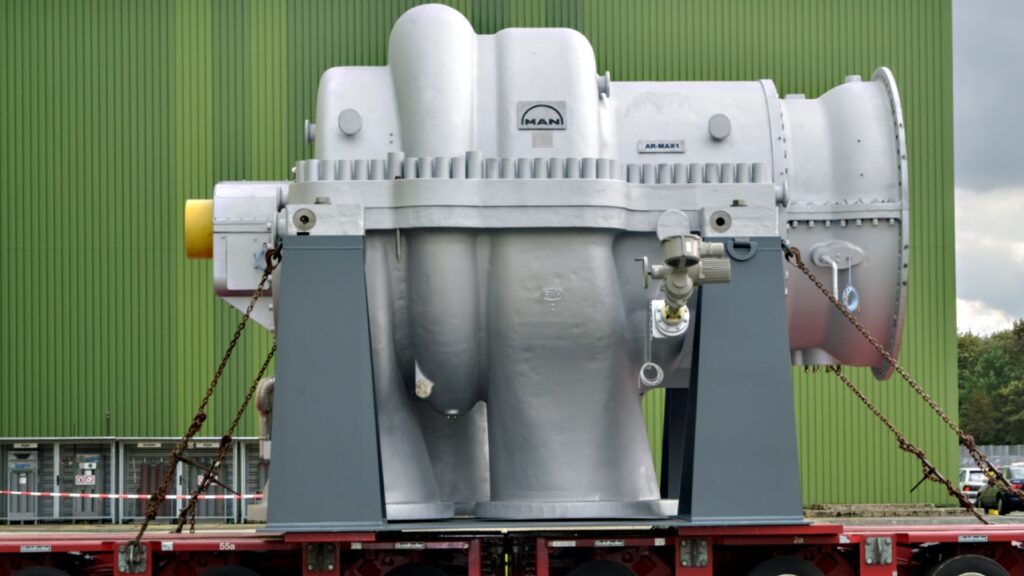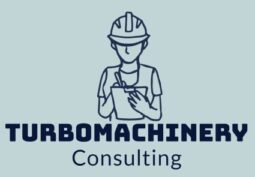FACTORS IMPACTING SAFETY - CENTRIFUGAL COMPRESSORS

Some critical factors affecting or impacting the safety in centrifugal compressors are:
Mechanical failure: The failure of critical components such as the impeller or bearings can lead to catastrophic consequences.
Improper maintenance: Inadequate or incorrect maintenance practices can cause safety hazards, such as leaks or overheating.
Process changes: Changes in the process conditions or operating parameters can impact the safety of the compressor. For example, changes in the gas composition or pressure can increase the risk of equipment failure.
Human error: Human error such as improper operation or failure to follow safety protocols can lead to accidents and safety hazards.
Fire and explosion hazards: The compression of flammable gases or liquids can create fire and explosion hazards if proper safety measures are not taken.
To mitigate these safety risks, some recommended actions and procedures are:
Regular maintenance and inspections: Regular maintenance and inspections should be performed to identify and address any potential safety hazards.
Risk assessments: Risk assessments should be conducted to identify potential safety hazards and develop appropriate safety measures.
Safety training: Operators and maintenance personnel should receive proper safety training to prevent accidents and ensure proper response in case of an emergency.
Safety devices: Proper safety devices such as pressure relief valves, temperature sensors, and fire and gas detection systems should be installed and maintained.
Safety protocols: Proper safety protocols and procedures should be established and followed by all personnel involved in the operation and maintenance of the compressor.

WHY, WHEN WHERE, WHAT, WHICH, HOW TO APPLY SAFETY FACTORS IN ENGINEERING & DESIGN
Applying safety studies and analysis as part of the engineering and design process in centrifugal compressors is crucial to improve maintainability, reliability, availability, and safety in existing plants and new projects for the oil, gas, and petrochemical industries. Here is an explanation of why, when, where, what, which, and how to apply safety studies and analysis:
Why: a. Safety is paramount in industrial facilities, especially in the oil, gas, and petrochemical industries, where hazards and risks are present. b. Safety studies and analysis help identify potential safety hazards, assess risks, and develop appropriate safeguards to prevent accidents and protect personnel, equipment, and the environment. c. By incorporating safety considerations into the engineering and design of centrifugal compressors, the likelihood of incidents and their consequences can be minimized.
When: a. Safety studies and analysis should be conducted throughout the entire lifecycle of centrifugal compressors, starting from the design phase and continuing through installation, operation, and maintenance. b. Initial safety studies should be performed during the conceptual design stage, and subsequent analysis should be conducted at key project milestones and during routine safety assessments. c. Safety studies should also be conducted when modifications or upgrades are planned for existing plants or when new technologies are introduced.
Where: a. Safety studies and analysis should be conducted at the system, equipment, and component levels of centrifugal compressors. b. These studies can be performed both in the design office and on-site, where the actual equipment and operating conditions can be assessed.
What: a. Safety studies should include hazard identification, risk assessment, and the development of safety measures and procedures. b. Hazard identification techniques such as hazard and operability studies (HAZOP), failure modes and effects analysis (FMEA), and fault tree analysis (FTA) can be employed to identify potential safety hazards. c. Risk assessment methodologies, such as quantitative risk analysis (QRA) and qualitative risk assessment (QRA), can be utilized to evaluate the likelihood and consequences of identified hazards. d. The identified hazards and risks should then be addressed through appropriate safety measures, including safety system design, interlocks, emergency shutdown systems, and safety procedures.
Which: a. The selection of appropriate safety studies and analysis methods depends on the specific requirements of the project and the applicable industry standards and regulations. b. Various international standards, such as those published by the American Petroleum Institute (API), International Electrotechnical Commission (IEC), and Occupational Safety and Health Administration (OSHA), provide guidelines and requirements for safety studies and analysis in the oil, gas, and petrochemical industries.
How: a. Engage a multidisciplinary team consisting of engineers, safety professionals, operators, and maintenance personnel to conduct safety studies and analysis. b. Collect and analyze relevant data, including equipment specifications, operating conditions, historical incident data, and safety guidelines. c. Utilize appropriate tools and software for hazard identification, risk assessment, and consequence modeling. d. Develop and implement safety measures based on the findings of the studies, ensuring that they comply with applicable regulations and industry standards. e. Regularly review and update safety studies and analysis as new information becomes available or when changes are made to the system or operating conditions.

PROCEDURES, ACTIONS, STUDIES, MITIGATION, RECOMMENDATIONS TO APPLY SAFETY FACTOR STUDIES & ANALYSIS IN ENGINEERING & DESIGN
To apply safety factors analysis in the design and engineering of centrifugal compressors and improve maintainability, reliability, availability, and safety in existing plants and new projects for the oil, gas, and petrochemical industries, several procedures, actions, studies, mitigations, and recommendations can be implemented. Here are some key aspects to consider:
Procedures and Actions: a. Conduct a comprehensive hazard identification study, such as a Hazard and Operability Study (HAZOP), to identify potential hazards and risks associated with the design and operation of centrifugal compressors. b. Perform a Failure Modes and Effects Analysis (FMEA) to identify potential failure modes, their effects, and the likelihood of occurrence. c. Develop safety procedures and protocols for normal operations, startups, shutdowns, and emergency situations. d. Implement a robust maintenance program that includes regular inspections, preventive maintenance, and condition monitoring to ensure the continued safe operation of the compressors. e. Establish clear roles and responsibilities for personnel involved in the design, operation, and maintenance of centrifugal compressors to ensure accountability and compliance with safety guidelines.
Studies: a. Perform a Safety Integrity Level (SIL) assessment to evaluate the reliability and safety of safety instrumented systems (SIS) associated with the compressors. b. Conduct a Quantitative Risk Assessment (QRA) to assess the risks associated with the operation of the compressors, considering factors such as process conditions, potential releases, and the impact on personnel, equipment, and the environment. c. Analyze historical incident data and conduct root cause analyses to identify recurring issues and develop strategies to prevent their recurrence.
Mitigations: a. Implement safety measures to mitigate identified hazards, such as installing safety interlocks, pressure relief devices, and emergency shutdown systems. b. Incorporate redundancy in critical components and systems to enhance reliability and minimize the impact of failures. c. Implement proper ventilation and fire detection and suppression systems to mitigate the risks associated with flammable gases or liquids. d. Ensure adequate training and competency of personnel involved in the operation, maintenance, and emergency response related to the compressors.
Recommendations: a. Follow relevant industry standards and guidelines, such as those provided by the American Petroleum Institute (API), International Electrotechnical Commission (IEC), and Occupational Safety and Health Administration (OSHA). b. Stay updated with advances in technology and best practices for the design and engineering of centrifugal compressors. c. Foster a culture of safety by promoting open communication, reporting of near misses, and continuous improvement in safety practices. d. Regularly review and update safety procedures and protocols based on lessons learned from incidents, changes in regulations, or improvements in technology.

